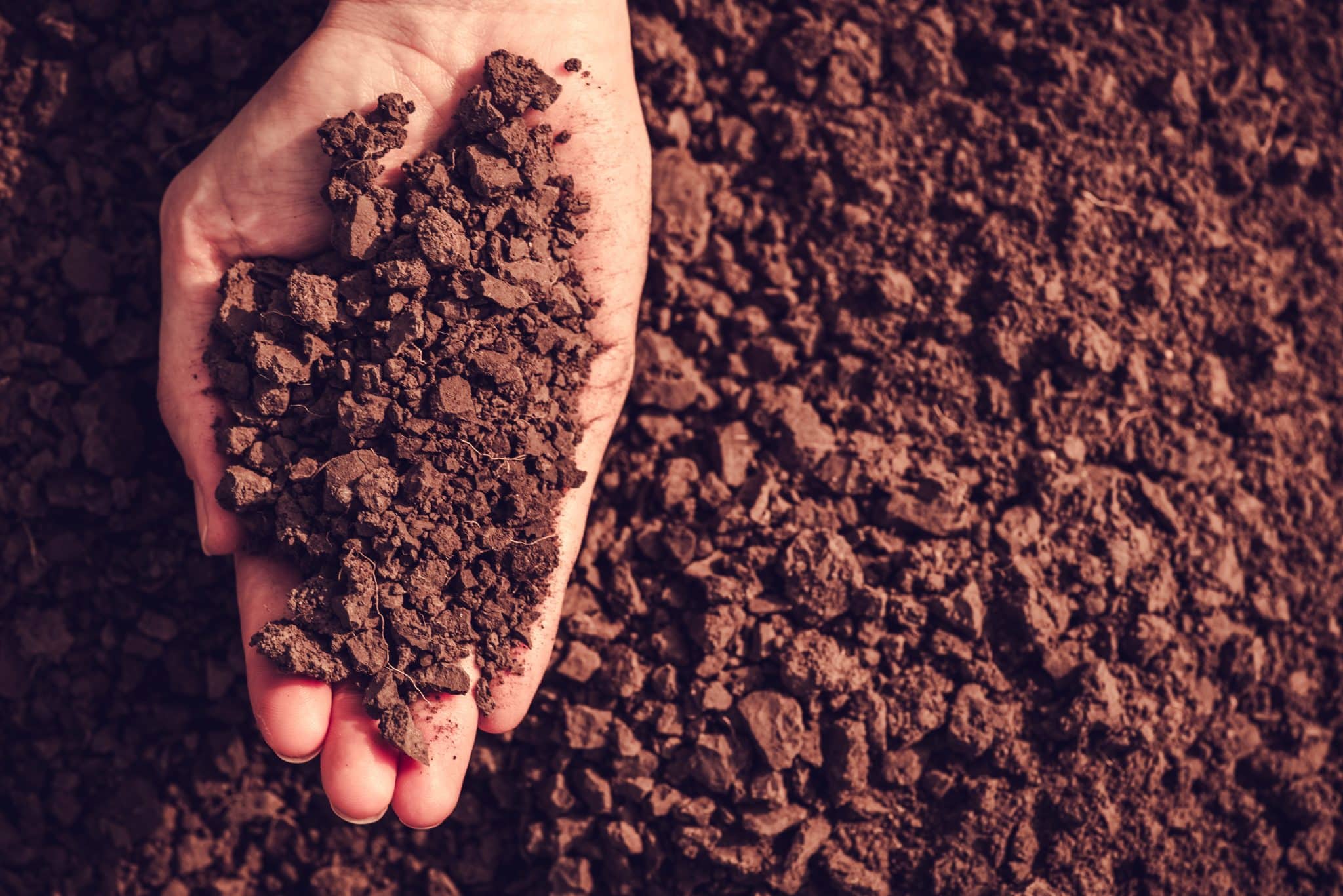As technology advances and cities grow, protecting our world has never been more important. Soil is an important part of the Earth’s environment, but widespread agriculture and tree felling are causing unprecedented problems for the soil. This article discusses organic ways to protect soil as a long-term solution to ensure our planet remains healthy for future generations.
What is the Impact of Traditional Agriculture?
Conventional agriculture often uses synthetic fertilisers and pesticides, which can be harmful to the health of the land. These toxins not only strip important nutrients from the soil, they also damage its structure. This results in more soil drainage, less water retention and the loss of various species of plants and animals. To address these issues, it is important to switch to organic growing methods.
Organic Farming is a Sustainable Choice:
Working with nature instead of against it—that’s what organic gardening is all about. Organic farms use natural fertilisers, crop rotations and companion plants to keep soil healthy instead of using artificial inputs. These measures improve soil structure, strengthen microbial activity and reduce flood risk. Organic farming methods have also been shown to increase the amount of carbon stored in the soil, an important part of preventing climate change.
Cover Crops and Mulching:
Using organic methods such as cover crops and mulching is a great way to protect your soil. Cover crops such as clovers and beans, capturing moisture in the soil and adding organic matter as it rises. This organic matter improves soil structure and creates a healthy space for organisms that benefit the soil. On the other hand, when you mulch, you cover the soil with something like straw or leaves. This protective layer prevents water from evaporating, prevents weeds from growing and helps the land retain more water.
Conservation Agriculture and Agroforestry:
Traditional planting methods use trees and shrubs through agroforestry. The presence of these woody perennials helps prevent soil from washing away, provides habitat for beneficial insects and makes the ecosystem stronger overall. Conservative farming encourages protective mulches to remain on the soil surface, causing minimal soil disturbance. This method ensures that water penetrates the soil, prevents it from washing away and preserves the structure of the soil.
How to Get Involved in the Community:
While every individual effort is important, involving the entire team can have a greater impact. Promoting organic farming among local farmers can increase environmental responsibility. Community-Supported Agriculture (CSA) programmes and other collaborative efforts put consumers in direct contact with local farms practising permaculture. This not only ensures a supply of fresh, organic food but also strengthens the connection between sustainable food producers and consumers.
Educate the Next Generation:
It is important to educate people on how to conserve their land organically. If permaculture methods are taught in schools and community workshops, future generations will be more aware of the issue. When young people understand how soil health, wildlife and human well-being are connected, they become more responsible. Because they know more about the problem, these people are more likely to make decisions that help protect the environment.
Government Support for Permaculture:
Government policies and incentives can have a significant impact on the widespread use of organic farming. Governments can encourage change towards more sustainable agricultural systems by providing research funding for permaculture programmes, subsidising the costs of organic certification, and establishing regulations that support environmentally responsible practises. This assistance enables farmers to switch to organic farming methods, which benefit the land and the entire ecosystem.
Protecting Soils around the World:
This is not just about protecting local or regional soil; it is a global effort. International partnerships and information-sharing platforms can accelerate the use of biological methods around the world. Farmers can adopt the best practises that work best in their own region by studying successful programmes in other parts of the world. This interconnected approach creates a network of support and encourages everyone to take responsibility for the health of our planet.
Conclusion:
Protecting the planet through organic soil conservation methods is a complex task that requires the support of people, communities and governments. We can build a stronger, more stable future by focusing on permaculture, supporting local projects and starting a global conversation about soil health. It’s not just dirt under our feet; it is the basis of life. Let’s work together to stay healthy and active for generations to come.
FAQs:
1. What is soil and water conservation and why is it important?
Soil conservation involves taking measures to prevent soil degradation and ensure its long-term fertility. Maintaining a healthy soil ecosystem is critical to permaculture and ecosystem health.
2. How does conventional agriculture impact soil health?
Conventional agriculture often relies on synthetic fertilisers and pesticides, which deplete soil nutrients, damage soil structure and lead to erosion. This can lead to long-term damage to the environment and make agriculture less sustainable.
3. What is the difference between organic farming and conventional farming?
Organic farming avoids the use of synthetic inputs such as chemical fertilisers and pesticides. Instead, it relies on natural methods such as composting, crop rotation and ground planting to promote soil health and sustainability.
4. How do cover crops contribute to soil conservation?
Cover crops such as beans and clover to protect the soil from erosion, add organic matter and improve microbial activity. They are a sustainable way to improve soil structure and fertility.
5. What is agroforestry? What benefits does it have for soil and water conservation?
Agroforestry integrates trees and shrubs into agricultural systems to prevent soil erosion, provide habitat for beneficial organisms, and promote overall ecosystem resilience. This is a holistic approach to permaculture.


Thank you, your article surprised me, there is such an excellent point of view. Thank you for sharing, I learned a lot.